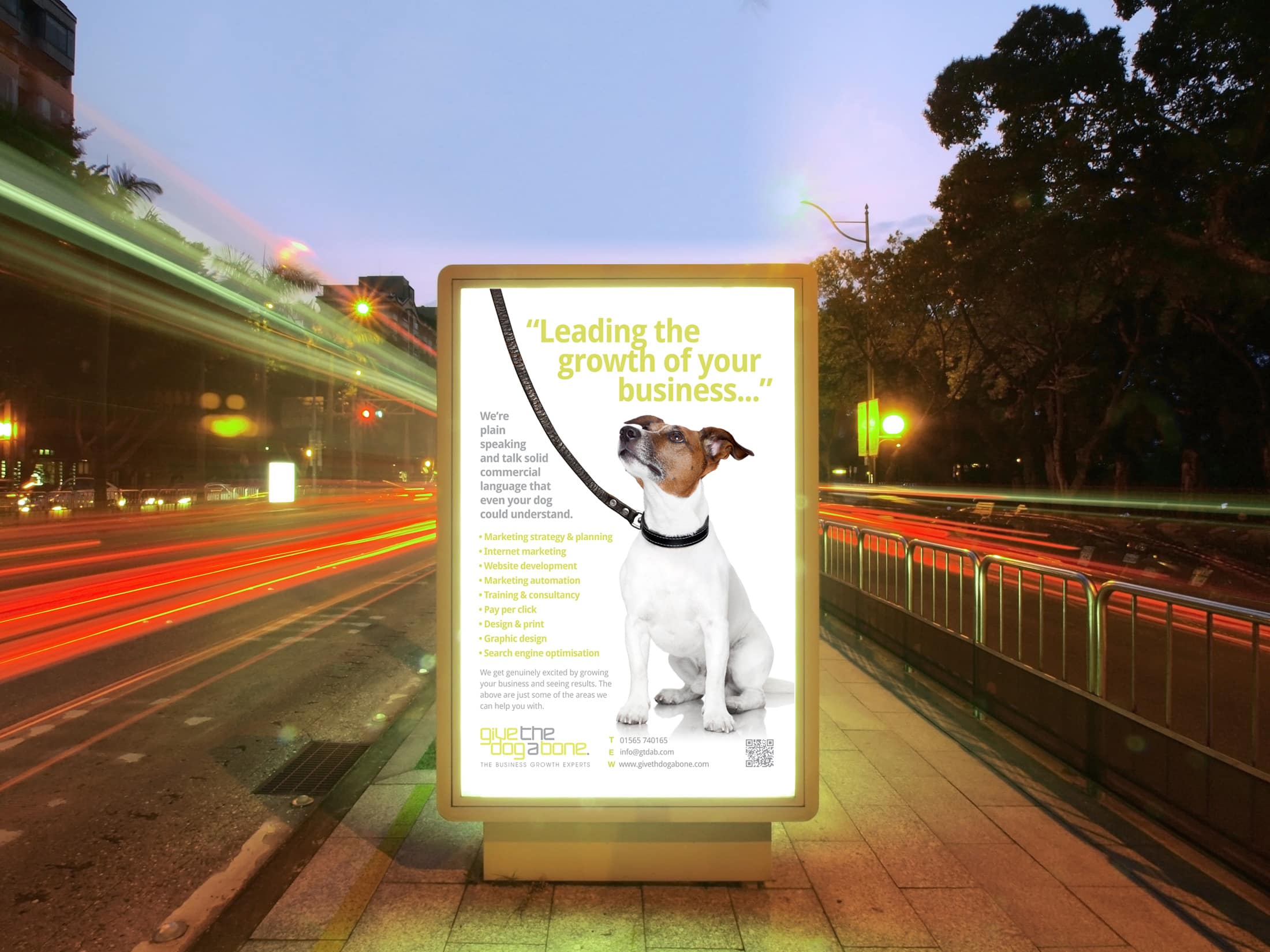UK businesses are spending a lot of money on advertising. How much of that is being spent well is a matter of debate. 2015 saw expenditure reach £20.1 billion – £8.6bn of which was spent on digital channels, and £2.6 billion on mobile.
Digital advertising is a high growth, high potential area, and one that’s swiftly modernising. And yet, for all that, it’s hard to escape the feeling that advertising expenditure has become a kind of arms race, where beating the competition and exceeding their level of investment has become more important than creating a defined, coherent strategy.
There’s nothing wrong with spending substantial amounts on advertising if you can justify the expense. But if you’re increasing your budget simply to play catch up, you’re wasting your money. The key to adopting a more methodical approach could however be right under your nose: customer data – your business undoubtedly has lots of it. Consider the following three factors in order to put this data to more effective use.
1. Budget
Who are your customers? How do they interact with your brand? What do they care about? What’s causing them to convert – or not convert?
Great advertising is always informed by the customer’s behaviour and preferences. Any information you gather should pertain to these critical, business-driving questions. If you spend a significant amount of money on a data modelling project that doesn’t provide useful or actionable answers, you’ve squandered it. The information you already have – from your website, email subscribers, and electronic point of sale (EPOS) – is often enough to gain valuable, actionable insights, which you can use to tailor marketing communications.
2. Performance enhancement
Digital advertising will always be about maximising conversions and ROI. More customers are better than fewer customers, and more money is better than less money. This is obvious.
However, as critical as acquisition is to business growth, it’s vital to pay attention to retention and its related metrics. Multiple one-time customers aren’t worth as much as a single lifetime visitor, even if the instant gains seem more appealing.
To improve customer retention, you’ll want to pay attention to – and seek to improve – metrics such as loyalty. Reinforce your ties with existing customers, and entice those customers who’ve lost interest or defected to come back. The latter should be prompted to ask themselves “Why did I leave?”, while the former asks “Why would I leave?”
Boost your ability to hold on to your existing customers before concentrating on acquisition: no skyscraper is erected without stable foundations.
3. The right customers (not any customers)
Anyone working in customer service can tell you that some people have an uncanny ability to waste your time. Your marketing strategy should maximise ROI by differentiating the time wasters from the truly valuable customers. Segment your data to highlight the customers you want to benefit, and make sure your entire advertising budget is directed at this group.
There is no downside to using your digital advertising budget more strategically: you’ll see better returns, you’ll keep your finance team happy, and you’ll prevent your company from wasting valuable resources. Getting into an advertising arms race benefits no one: a big budget can certainly be an advantage – but you should still make sure you’re spending it wisely.

